Earphones are deeply loved by users because of their portability, among which true wireless earphones are the most popular and become an "important member" in addition to mobile phone products and enriching peripheral accessories. The following introduces a Zhanrui platform TWS Bluetooth headset. The headset uses Zhanrui UWP5882 to support Bluetooth 5.0, which can achieve ultra-low power consumption and ultra-low latency, and provide users with a high-quality dual main ear experience.
The TWS Bluetooth headset UWP5882 has three biggest features, one is low power consumption, the lowest power consumption is 7mA, and the load power consumption is less than 9mA. The second feature is low latency. The third feature is that we have another feature that is different from the current TWS headsets. At present, TWS headsets are in the main and auxiliary ear mode, which are controlled by one headset and the other headset is synchronized with the master. Control to achieve binaural listening, which will cause higher power consumption in the main ear. Our product does not have the concept of the main and auxiliary ears. The power consumption of the two ears is balanced. There is no situation that the main ear consumes all electricity and the auxiliary ear still has electricity. If the main ear is out of power and you have to switch to the secondary ear, there may be a certain delay. Our design adopts a deep optimization algorithm. It is no longer necessary to distinguish between the main ear and the auxiliary ear. The left and right ears can be interrupted at any time without interfering with each other, and there is no need for additional power consumption due to synchronization. So we can achieve seamless switching when switching. In addition to reducing power consumption, it also improves the switching experience.
UWP5882 has passed Bluetooth 5.0 certification and supports BLE dual mode. It has the characteristics of small size and high integration. It integrates BT RF/Analog/PMU/CPU/DSP/Flash/RAM and other units, which is a diversified design for TWS Bluetooth headsets Provide more possibilities. In terms of sound quality, UWP5882 supports 8K CVSD and 16K mSBC encoding, which can achieve high-quality binaural calls. It supports SBC/AAC music format, DAC supports 96k sampling, and SNR reaches more than 100dB, which can provide users with an excellent listening experience.
Let me introduce you to the details of this plan.
Since UWP5882 has built-in 4Mb Flash, the peripheral circuit is relatively simple. The main part can be designed according to the reference schematic in the datasheet, as shown in the screenshot below.
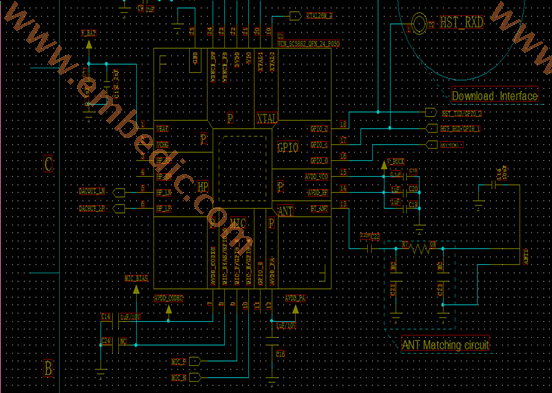
Due to the limited space of this TWS Bluetooth headset, the PCB board is very small and very limited, so it is recommended to make a 6-layer laser board in the layout and signal processing. The UWP5882 and RF circuit are placed on the TOP layer, and the power circuit, touch IC and crystal oscillator are placed on the BOTTOM layer. Each layer of the 6-layer board in this solution is in accordance with Top-GND-Sig1-Sig2-Power-Bottom.
1. Both sides of the RF trace need to be protected with copper, and enough GND vias should be added on both sides of the trace to ensure that the ground loop is as short as possible. The radio frequency circuit needs to be matched with 50 ohm impedance, and the antenna area reserves enough headroom to ensure the antenna's transmitting performance.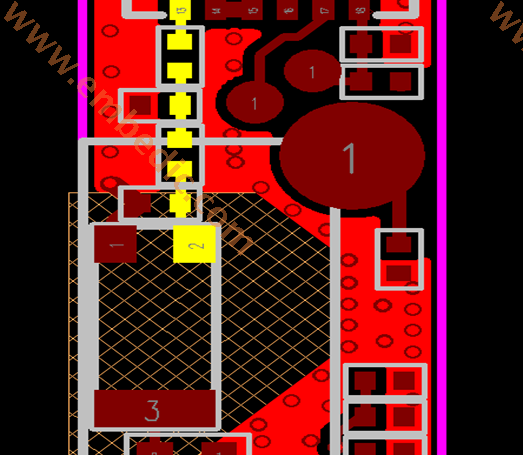
2. The audio signal needs to be controlled by differential wiring. The audio signal (DACOUT, MIC) routing must be well shielded by GND, and avoid being parallel to VBAT or crossing adjacent layers.
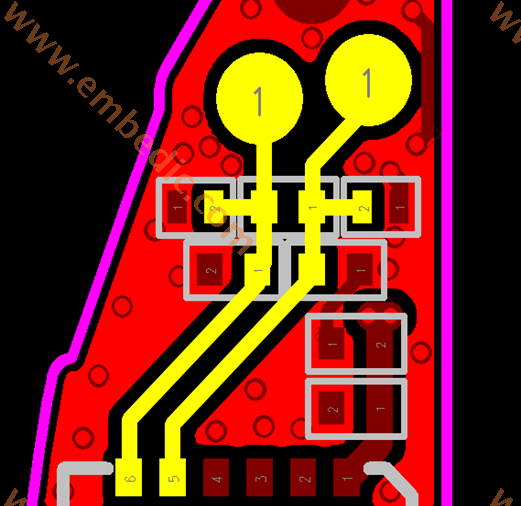
3. The crystal oscillator needs to be placed close to the chip pins to ensure that the signal line of the crystal oscillator is as short as possible. The crystal oscillator signal line needs to be wrapped with copper to avoid interference with other signals; the surface of the crystal device needs a clear ground, and the ground signal XTAL1 and The XTAL2 signal routing should be separated by a certain distance to reduce the parasitic capacitance between the two lines; the area directly under the crystal oscillator adjacent layer needs to maintain a complete copper skin, and no wiring is allowed.
.png)
Build Ubuntu compilation environment
Set system environment variables
Compilation instructions: ./build_sdk.sh 5856E2_tws_* XXX ramrun
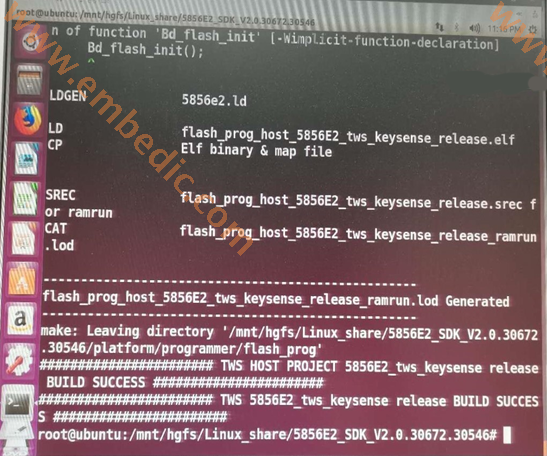
Set the COM port for download
The downloaded file is in the hex folder generated after successful compilation
Connect the cable first. After powering on and the mobile phone is detected, the program starts to download the load file, and a status bar appears, starting from 1% and displaying 100% at the end. At the same time, the status display box "Download" changes to "Completed", indicating the download success.
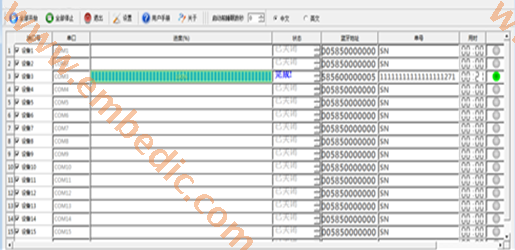
Download the Bluetooth serial APP for Android phones
Enter AT+BTDUTTEST after Connect
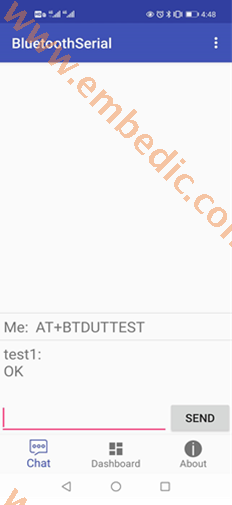
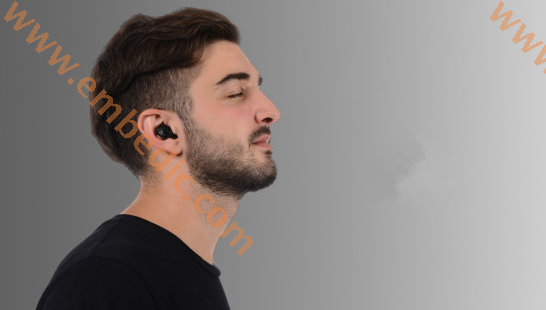
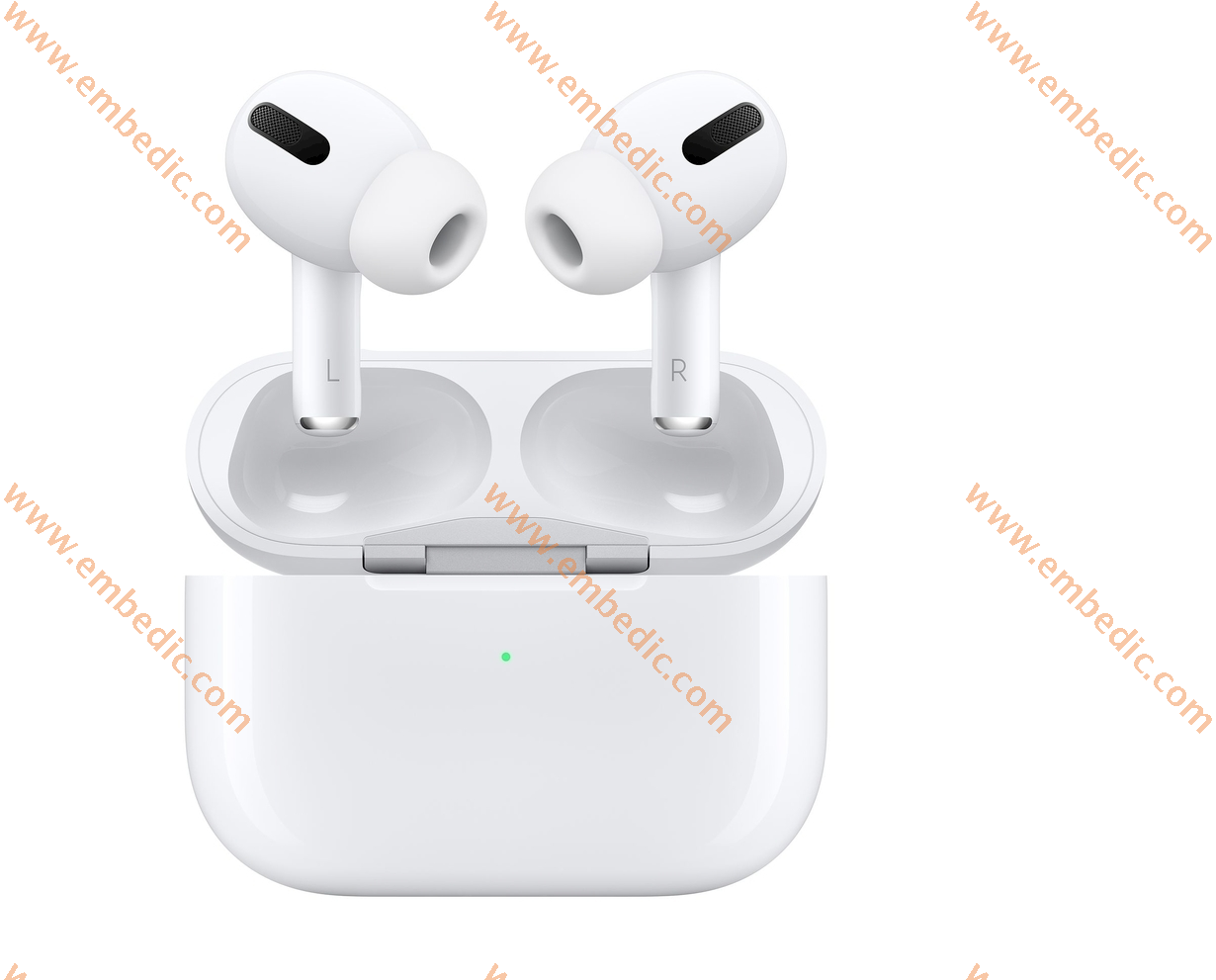
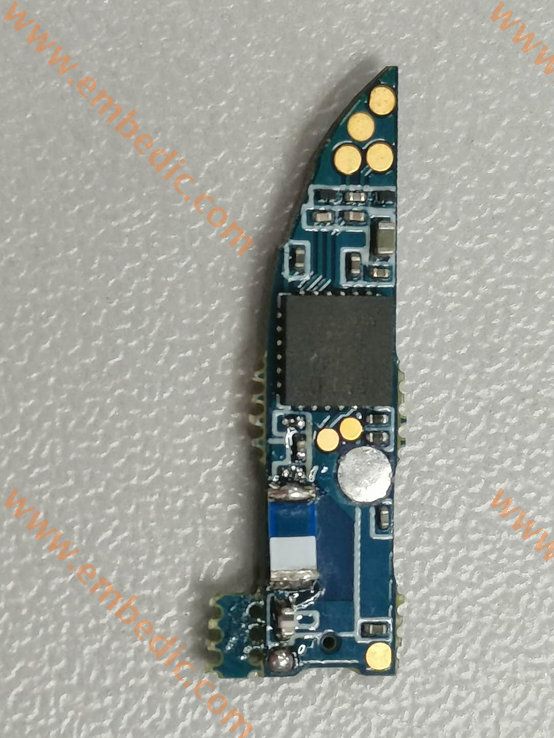
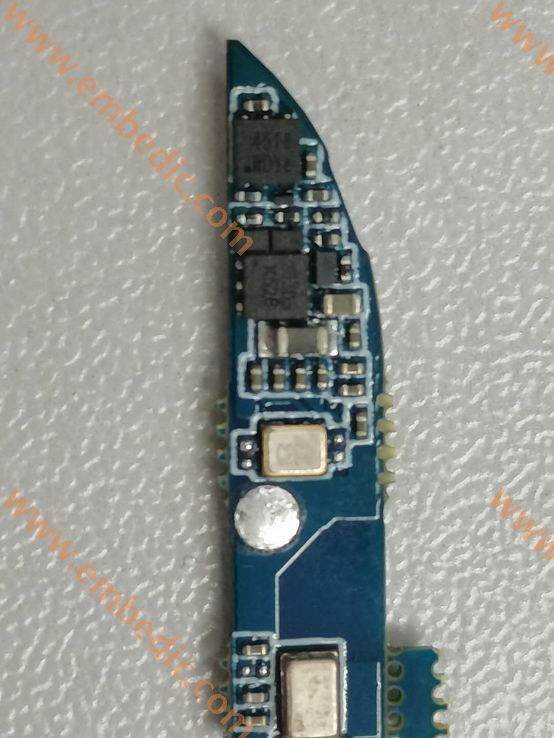
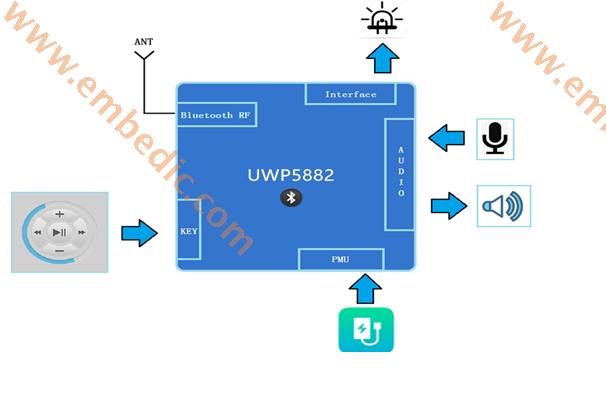
IC MCU 8BIT 3.5KB OTP 28SSOP
IC MCU 8BIT 160KB FLASH 80LQFP
IC MCU 8BIT 160KB FLASH 80LQFP
IC MCU 32BIT 128KB FLASH 100LQFP
1
2
3
4
5
6